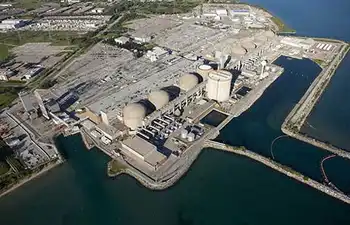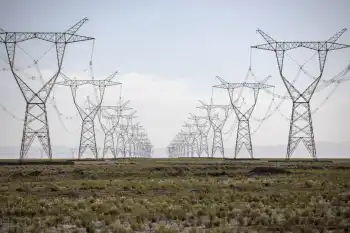GM boosts Volt production
The Detroit-area factory, which will be shut next month, now can produce about 16,000 a year.
GM said the electric car will be in short supply for the next three months because of the four-week shutdown that begins in June. But by moving in new machinery and overhead conveyors, the company will be able to boost the plantÂ’s output of the Volt and its European counterpart, the Opel Ampera.
“We will be better able to meet the tremendous consumer demand,” Cristi Landy, the Volt’s marketing director, said in a statement.
The Volt can run on battery power for about 35 miles before a gas-powered motor kicks in to generate electricity. It can be recharged through a home electrical outlet. The car costs just over $40,000 but is eligible for a $7,500 tax credit. The car will be sold later this year in Canada at a price of $41,545 and will be eligible for an $8,200 tax credit in Ontario.
The Volt hit the U.S. market late last year and just over 1,700 have been sold through April. The car is now available in nine states and Washington DC. By the end of this year, Volts will be sold nationwide and in Europe, China and Canada.
The Volt factory straddles the border between Detroit and the small town of Hamtramck.
The company has dealer orders for all the Volts the plant will produce this year, GM spokeswoman Michelle Bunker said.
The shutdown also will let GM add equipment to build the 2013 Chevrolet Malibu mid-size sedan at the plant starting next year. GM will stop producing two other big cars at the factory, the Cadillac DTS and Buick Lucerne, later this year.
Related News

Trudeau vows to regulate oil and gas emissions, electric car sales
TORONTO - Liberal Leader Justin Trudeau vowed to regulate total emissions from Canada’s oil and gas producers as he laid out his first major climate change promises of the campaign Sunday, a plan that was welcomed by several environmental and climate organizations.
Trudeau said that if re-elected, the Liberals will set out regulated five-year targets for emissions from oil and gas production to get them to net-zero emissions by 2050, but also create a $2 billion fund to create jobs in oil and gas-reliant communities in Alberta, Saskatchewan and Newfoundland and Labrador.
“Let’s be realistic, over a quarter of Canada’s emissions come…





